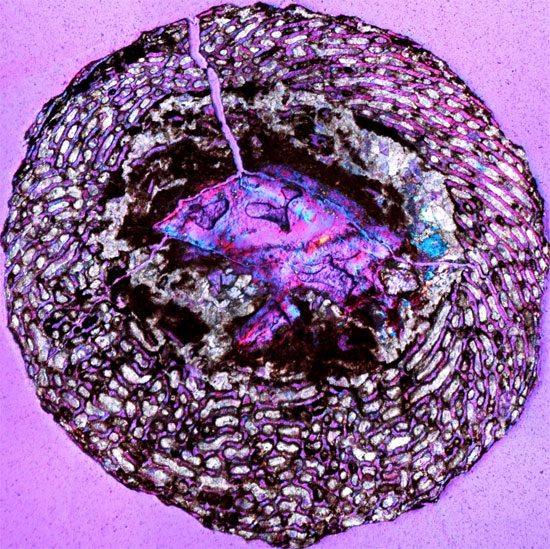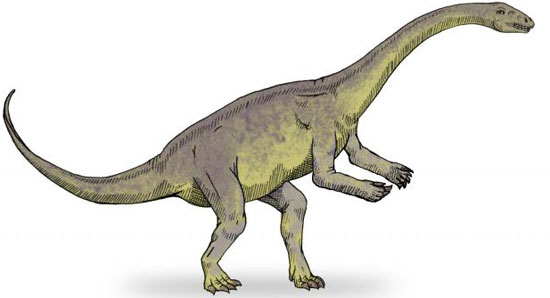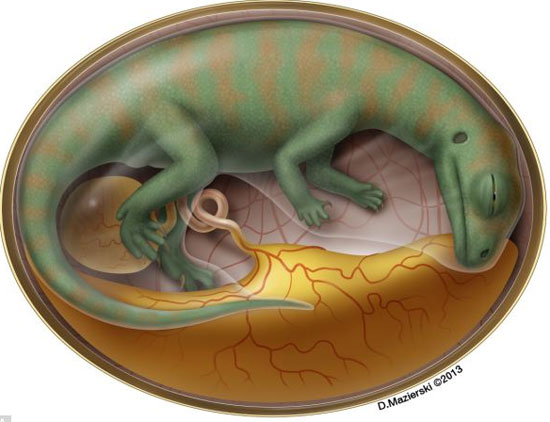Detecting the nocturnal egg nest of the dinosaur fetus
Scientists have discovered a cave storing more than 200 fossil skeletons from dinosaur fetuses in Yunnan, China.
These fetal skeletons are thought to belong to the dinosaurs and are the longest dinosaur eggs ever discovered, belonging to the largest tall leaf-eating dinosaur ever existed on Lufengosaurus Earth.

These are the oldest dinosaur eggs ever discovered.
These fossils are surprisingly well preserved, including organic matter. This will create opportunities for scientists to learn more about the formation and development of prehistoric creatures.
These fossils belong to the Juras of the early period, about 200 million years from the dizzying time of the 'empire' . Scientists believe that the dinosaur eggs were swept away by the floodwaters to the area discovered in Yunnan Province, southern China.

Lufengosaurus dinosaur regeneration model.
The fetuses are found to be at different stages of development. This created an opportunity for scientists to learn more about the development of Lufengosaurus dinosaurs in eggs, before hatching.
Based on the analysis of the femur and thigh bones, the scientists concluded that these fetuses grow very quickly inside the eggs. Before hatching, these bones were twice as long, from 12 to 24mm, only during incubation.
The anatomical studies and internal structure of the bone also indicate that skeletal muscles are very active and contribute to the formation of the skeleton for dinosaurs.

Dinosaur fetuses are described by Dr. Mazierski, University of Toronto, Canada.
'This proves that dinosaurs are like the current birds, moving upside down inside the egg. This is also the first time we have learned about the evolution of dinosaur fetuses, 'said Dr. Robert Reisz from the University of Toronto, Canada.
- The mystery of the 'dragon fetus' in China has been solved
- Discovered an ancient dinosaur group never seen
- Auction of dinosaur nest
- China has discovered an unprecedented dinosaur egg nest
- Find the oldest dinosaur fetus
- Detecting dozens of zooplankton dinosaur eggs
- Detecting super bird's nest
- Detecting a baby dinosaur nest in Mongolia
- How to use bird's nest is healthy
- Detecting giant dinosaur tails dating back 72 million years
- Air nest dryer helps farmers save hundreds of millions of dong / year
- New device detects genetic defects in the fetus
 Discovered an ancient centipede fossil 99 million years old
Discovered an ancient centipede fossil 99 million years old Discovered bat-like dinosaurs in China
Discovered bat-like dinosaurs in China Discovered a 200-year-old bronze cannon of the coast
Discovered a 200-year-old bronze cannon of the coast Discover 305 million-year-old spider fossils
Discover 305 million-year-old spider fossils